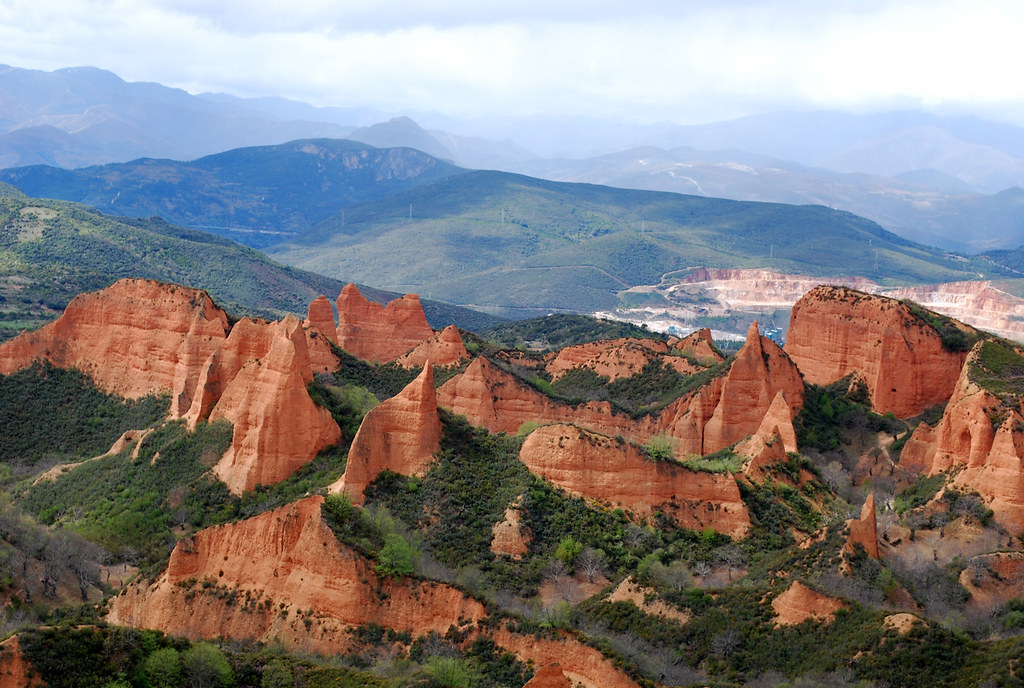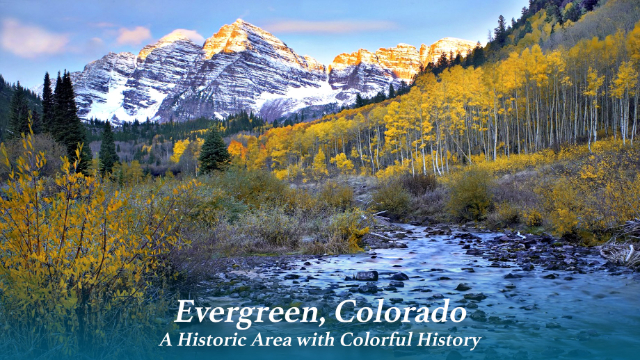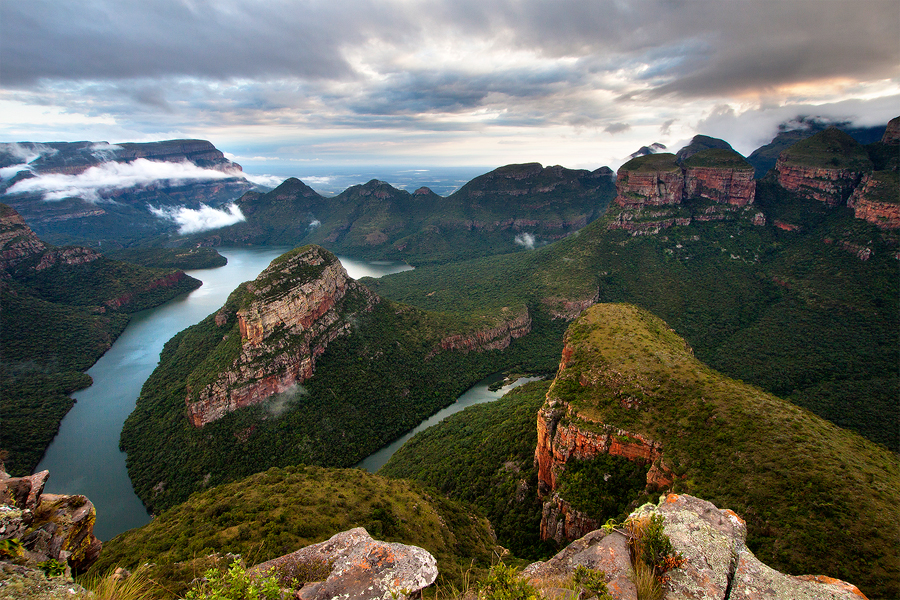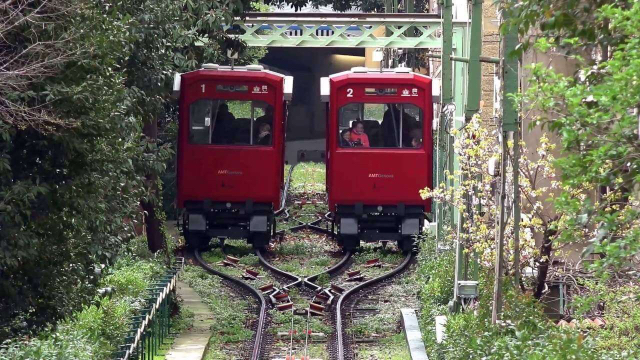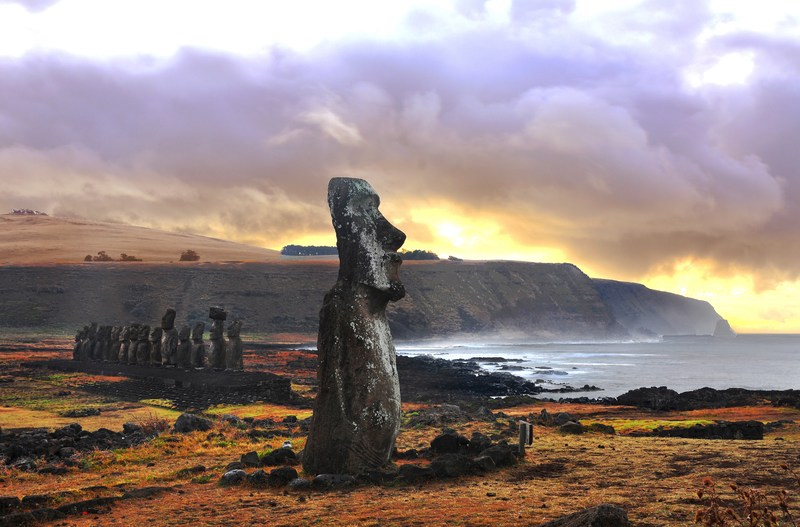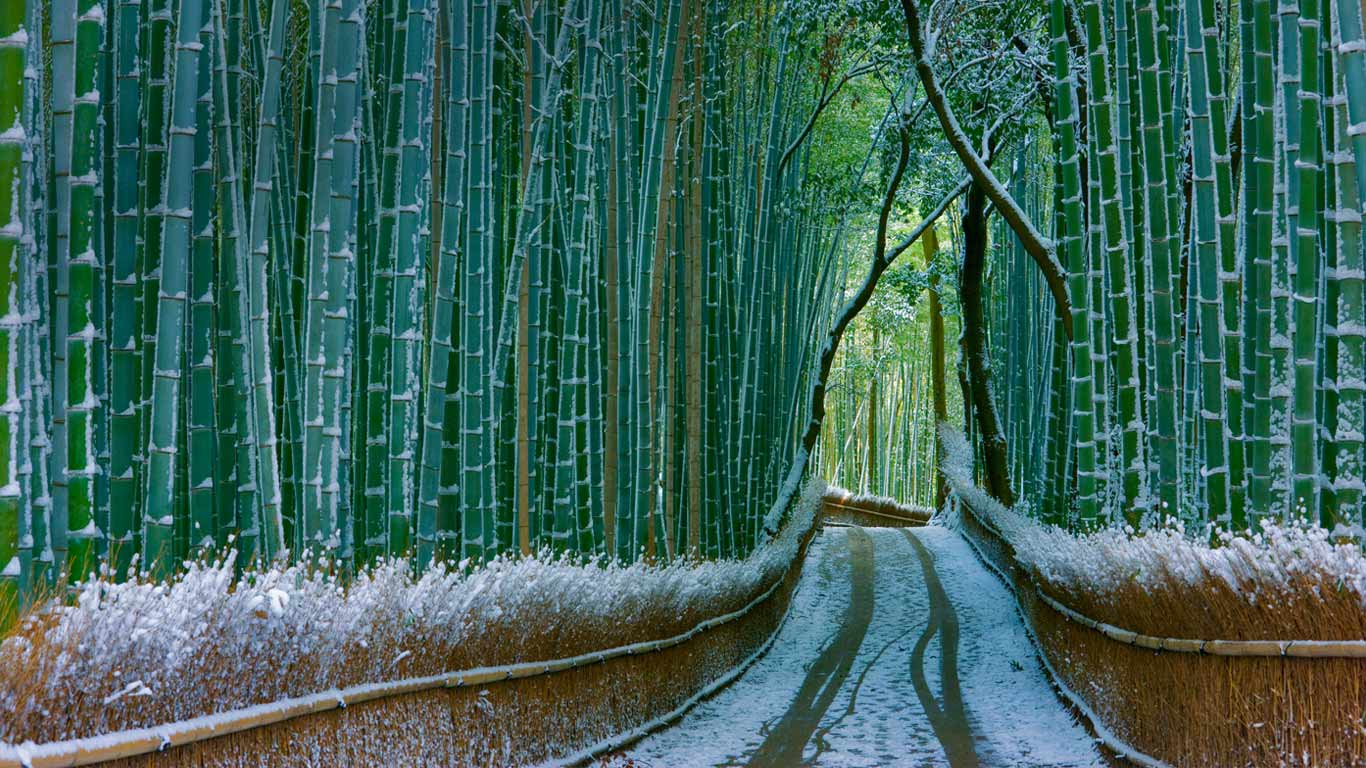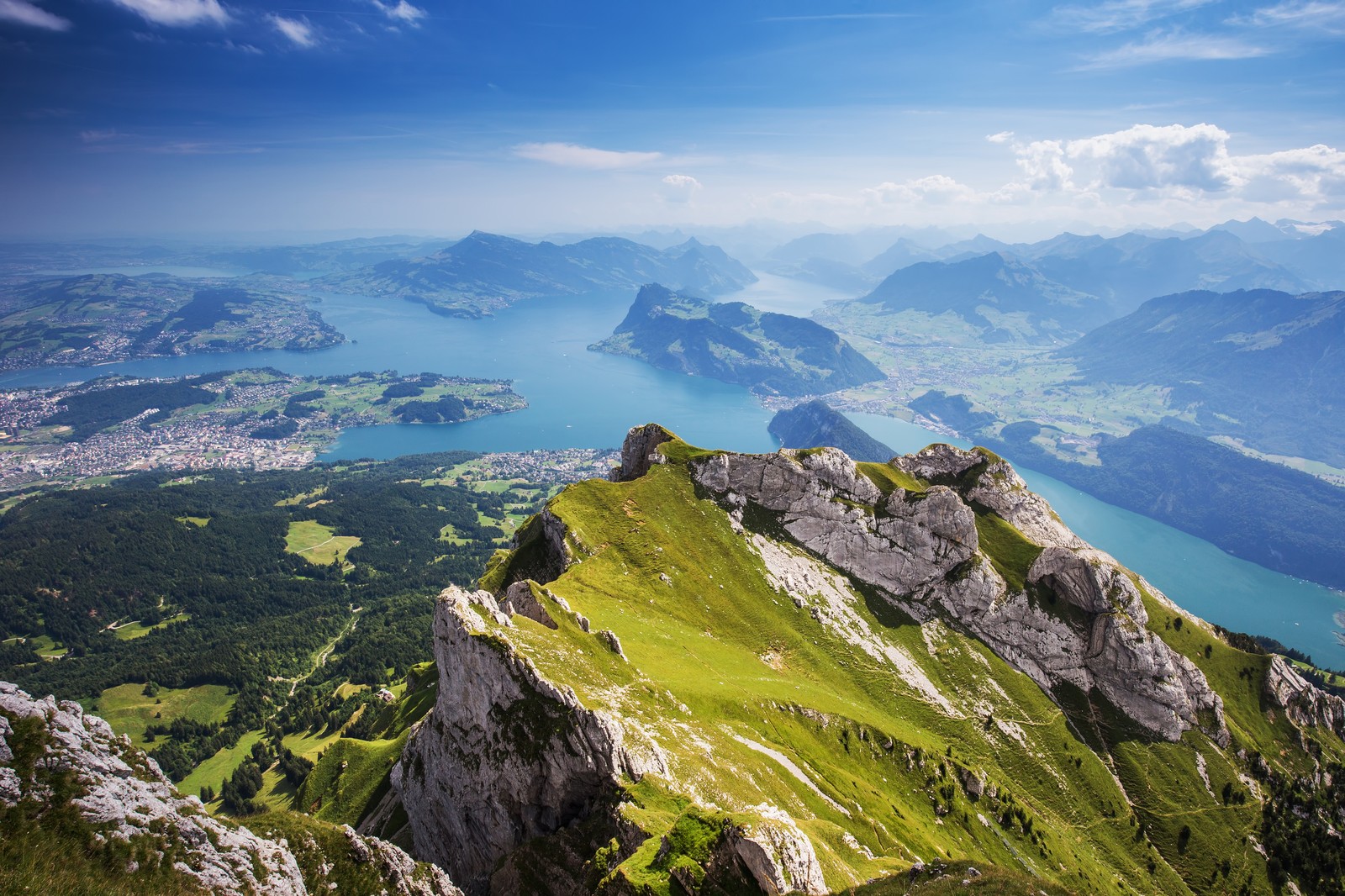What was the most important gold mine in the entire Roman Empire has today left an incredible landscape of dramatic rock formations. It gives a fascinating insight into the advanced engineering methods of the Romans, and the effect humans can have on the landscape. It was made a World Heritage Site in 1997.Located in El Bierzo, in the northwest of the Aquilanos Mountains, and next to the Valley of the Sil River, The Médulas is an outstanding Spanish landscape complex.The latter land movements created artificial plains that now work as access paths for other areas such as the Carucedo Lake, which is a valley that appeared when the lake was clogged due to the residues from the mine, considered protected wetland.Las Médulas wasn’t an area chosen light-handed by the Romans to begin their search for gold, but a flood area with a characteristic amount of dust, where there was an important quantity of water and enough slope to use the water as hydraulic power, as well as the existence of not so tilted slopes towards the Sil river that could be used as drains.
The choice was therefore properly studied before beginning all of the machinery processes. The system they used for the gold extraction was the “Ruina Montium”. With this system, the water from the mountain streams was channeled and stored in the highest end of the complex; the water force would break down the mountain and drag the land that contained gold towards the mine draining area.
If we take into account the amount of water that was being used, the length and the number of the channels’ branches, we can easily consider the hydraulic system of Las Médulas the most outstanding complex we know of.
The Teleno Mountain played an important role in this process. At 2,000 meters, the snow would accumulate, and eventually, as it would melt down, the water would reach the Cabo River and feed the 7 channels that would surround the mountain and reach the tanks of the mining complex. It is believed that the length of the channels was of approximately 300 Kilometers. It is important to mention that the construction of such channels was extremely difficult, due to the fact that in some areas, such channels had to be built under the rock-made mountain base. It was also the most expensive construction work of the entire site.
At last, the water that had been channeled would reach a series of tanks built after digging the land. These had specific gates for water distribution purposes.
